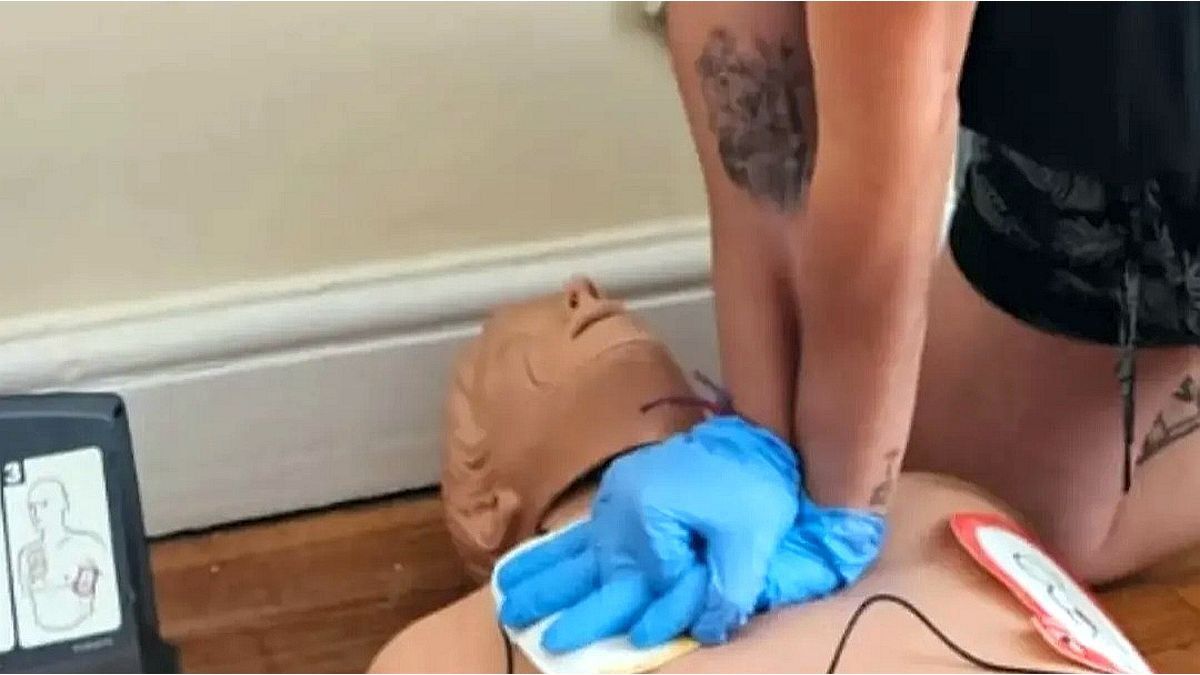I am an author and journalist who has worked in the entertainment industry for over a decade. I currently work as a news editor at a major news website, and my focus is on covering the latest trends in entertainment. I also write occasional pieces for other outlets, and have authored two books about the entertainment industry.
Menu
The importance of DEA and CPR to save lives
Categories
Most Read
Nicole Kidman: After separation, Keith sings about another woman
October 2, 2025
No Comments
Peter Lohmeyer at “Do you understand fun?”: Is son Louis Klamroth the better Schalke?
October 2, 2025
No Comments
Emily in Paris stars Ashley Park and Paul Forman have separated
October 2, 2025
No Comments
35 years of German unity: Klaus mine on October 3: “Hope must never stop”
October 2, 2025
No Comments
New asset record: Elon Musk cracks 500 billion dollar brand
October 2, 2025
No Comments
Latest Posts

Dollar: After the strong intervention, the focus returns to the drainage of treasure currency and the pressure on the CCL
October 2, 2025
No Comments
The dollar remains highly pressed and this day will start a new wheel, which guarantees that it is number 15 to the October elections. The

Dollar bonds rebound in the Premarket after Scott Besent’s message
October 2, 2025
No Comments
October 2, 2025 – 08:42 The dollar bonds rise in the Premarket after the message of Scott Besunt, who confirmed contacts with the Minister of

Scott Besent will meet Luis Caputo to finalize the details of the aid to Javier Milei’s government
October 2, 2025
No Comments
The Secretary of the United States Treasury, Scott Besent, said he maintained a “very positive call” with the Minister of Economy, Luis Caputo, within the
24 Hours Worlds is a comprehensive source of instant world current affairs, offering up-to-the-minute coverage of breaking news and events from around the globe. With a team of experienced journalists and experts on hand 24/7.

